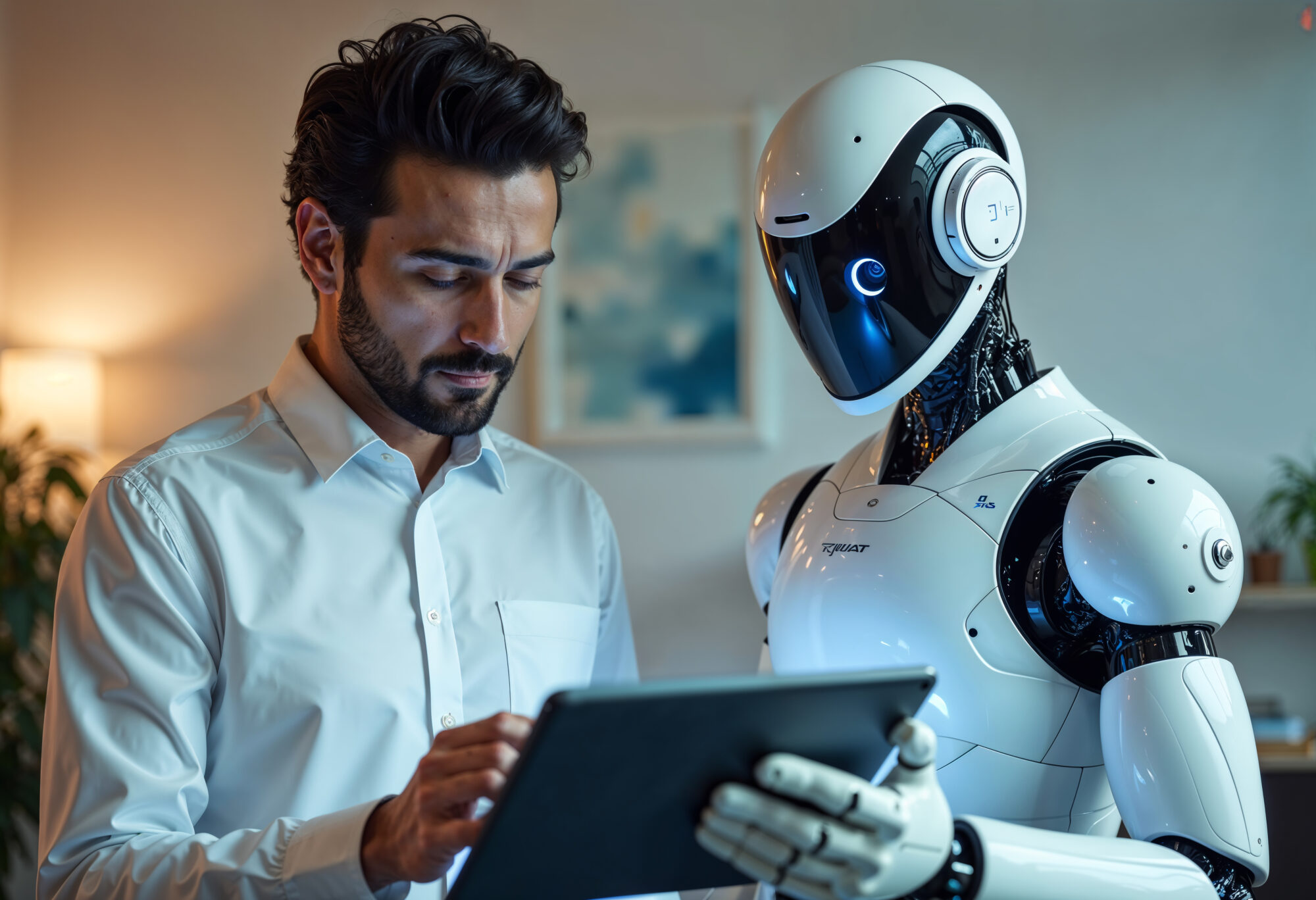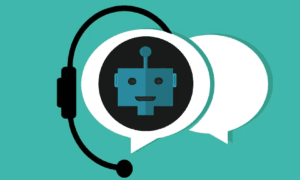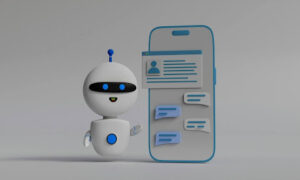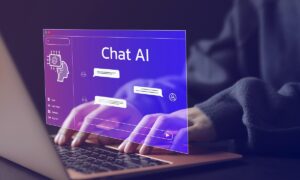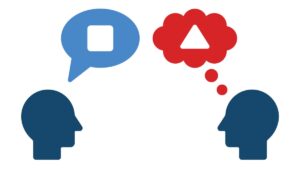AI chatbots have come a long way from the clunky, rule-based bots of a few years ago. In 2025, they’re no longer just answering FAQs—they’re booking appointments, writing emails, debugging code, offering emotional support, and even helping businesses run smarter. Whether you’re a casual user or a tech enthusiast who follows technology trends at TechWhoop, chances are you’ve already interacted with AI chatbots more times than you realize.
Meanwhile, technology news platforms like BrightSideOfNews have reported how advancements in AI hardware and language models are accelerating chatbot performance beyond expectations. In this article, we’ll explore everything you need to know about AI chatbots in 2025—how they work, where they’re going, and why they’re shaping the future of digital interaction across every industry.
What Exactly is an AI Chatbot?
An AI chatbot is a software application that uses artificial intelligence (specifically natural language processing and machine learning) to understand and respond to user input in a human-like way.
Unlike traditional bots that rely on predefined scripts, modern AI chatbots:
- Understand context
- Can generate original responses
- Learn and adapt over time
- Handle complex tasks like summarizing data, booking services, or even troubleshooting tech issues
Popular AI models powering chatbots in 2025 include:
- ChatGPT (OpenAI)
- Claude (Anthropic)
- Gemini (Google)
- DeepSeek (Chinese AI company)
- Meta AI (LLaMA models)
How Do AI Chatbots Work?
At their core, AI chatbots use large language models (LLMs)—trained on massive datasets of text from the internet—to predict and generate responses that sound natural. The latest chatbots:
- Use transformer architecture to understand and generate language
- Handle multimodal input (text + images + voice in some cases)
- Work with memory, allowing them to retain context across sessions
- Can connect to external tools, APIs, or plug-ins for added functionality
In short, they’re becoming more like digital assistants than just glorified help desks.
What’s New in 2025?
Here are some key AI chatbot trends shaping 2025:
1. Multimodal Capabilities
Chatbots can now see and respond to images, interpret charts, scan receipts, and even help with visual problem-solving. Upload a photo, and the bot might analyze it, offer a diagnosis (in healthcare), or suggest edits (in design).
2. Real-Time Tools Integration
Chatbots now connect with real-time tools like:
- Web browsers
- Code interpreters
- CRMs or email platforms
- Project management apps
They can take actions, not just answer questions.
3. Personalization and Memory
With permission, advanced bots like ChatGPT-4 Turbo remember your preferences, past interactions, and even your tone of voice—making every interaction smarter and more tailored.
4. Enterprise AI Agents
Businesses are deploying AI agents across customer service, sales, onboarding, and IT support—often replacing entire departments of first-line agents.
Business Use Cases of AI Chatbots
In 2025, AI chatbots are at the heart of:
- Customer Support: 24/7 help desks that understand and solve real issues
- Sales Enablement: Smart assistants that guide users through purchases
- HR & Internal Comms: Employee onboarding bots, HR info access, leave requests
- Marketing & Content: Generating blogs, emails, ad copy, and even landing pages
Companies using chatbots smartly are reducing costs, increasing speed, and delivering better user experiences.
Everyday Consumer Use
You may already use an AI chatbot daily and not even realize it. In 2025, they’re baked into:
- Smartphones (Siri, Google Assistant, Meta AI)
- Shopping apps (personalized suggestions, return support)
- Productivity tools (Notion AI, GrammarlyGO, email assistants)
- Mental health support apps (AI therapy bots like Woebot)
AI is becoming a default layer across your digital life.
Choosing the Right Chatbot in 2025
With so many options, how do you know which chatbot to use?
| Use Case | Best Option |
| General conversation, productivity | ChatGPT (Pro version with GPT-4 Turbo) |
| Writing & content generation | Claude or Jasper AI |
| Research, summarization | Perplexity AI, Gemini |
| Coding assistance | ChatGPT, DeepSeek-Coder |
| Visual input (image + text) | ChatGPT Vision, Gemini Advanced |
Need a second opinion? Tech review sites like TechWhoop and BrightSideOfNews often publish breakdowns of top AI tools—perfect if you’re choosing a chatbot for work or personal use.
Final Thoughts
AI chatbots in 2025 are no longer just fun experiments—they’re everyday tools reshaping how we live, work, and communicate. From handling emails to brainstorming startup ideas, these bots are more than assistants—they’re digital collaborators.
The more we understand their strengths and limits, the better we can use them to improve our productivity, creativity, and problem-solving.

